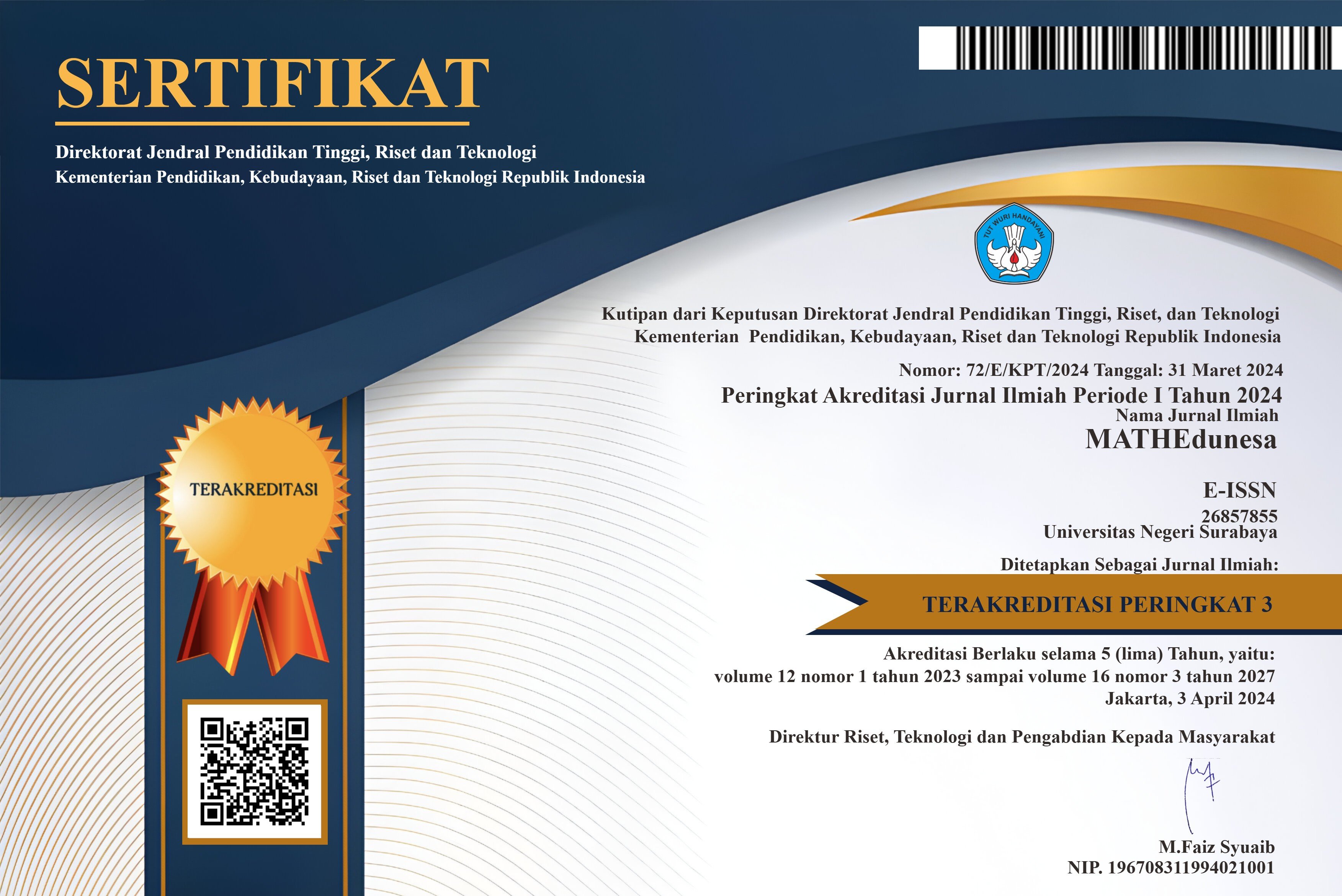Representasi Matematis Peserta Didik dalam Menyelesaikan Masalah Matematika Ditinjau dari Gaya Kognitif Impulsive-Reflective
DOI:
https://doi.org/10.26740/mathedunesa.v8n2.p110-116Downloads
Download data is not yet available.
Downloads
Published
2019-05-02
Issue
Section
Articles
 Abstract views: 112
,
Abstract views: 112
, PDF Downloads: 129
PDF Downloads: 129




